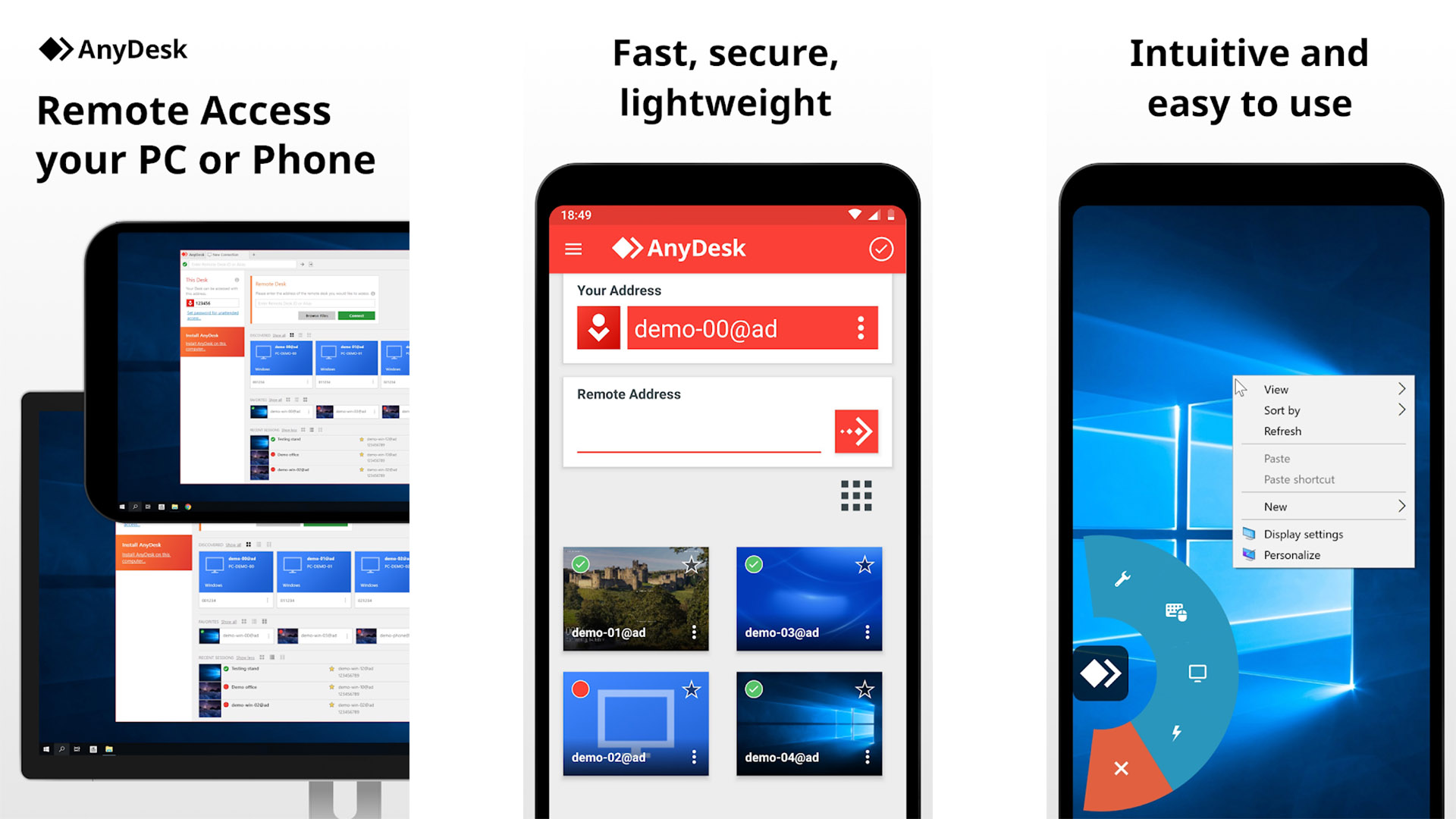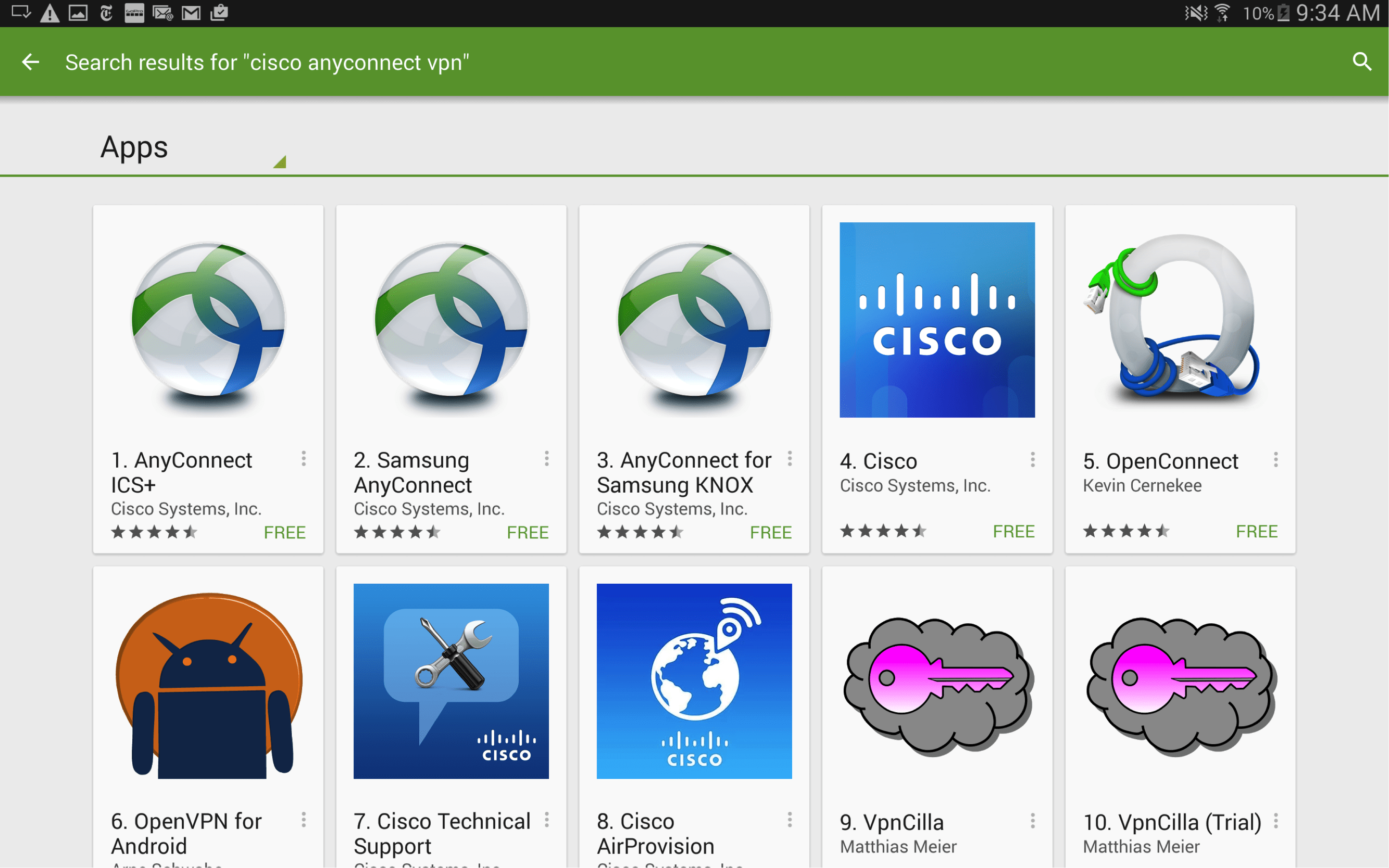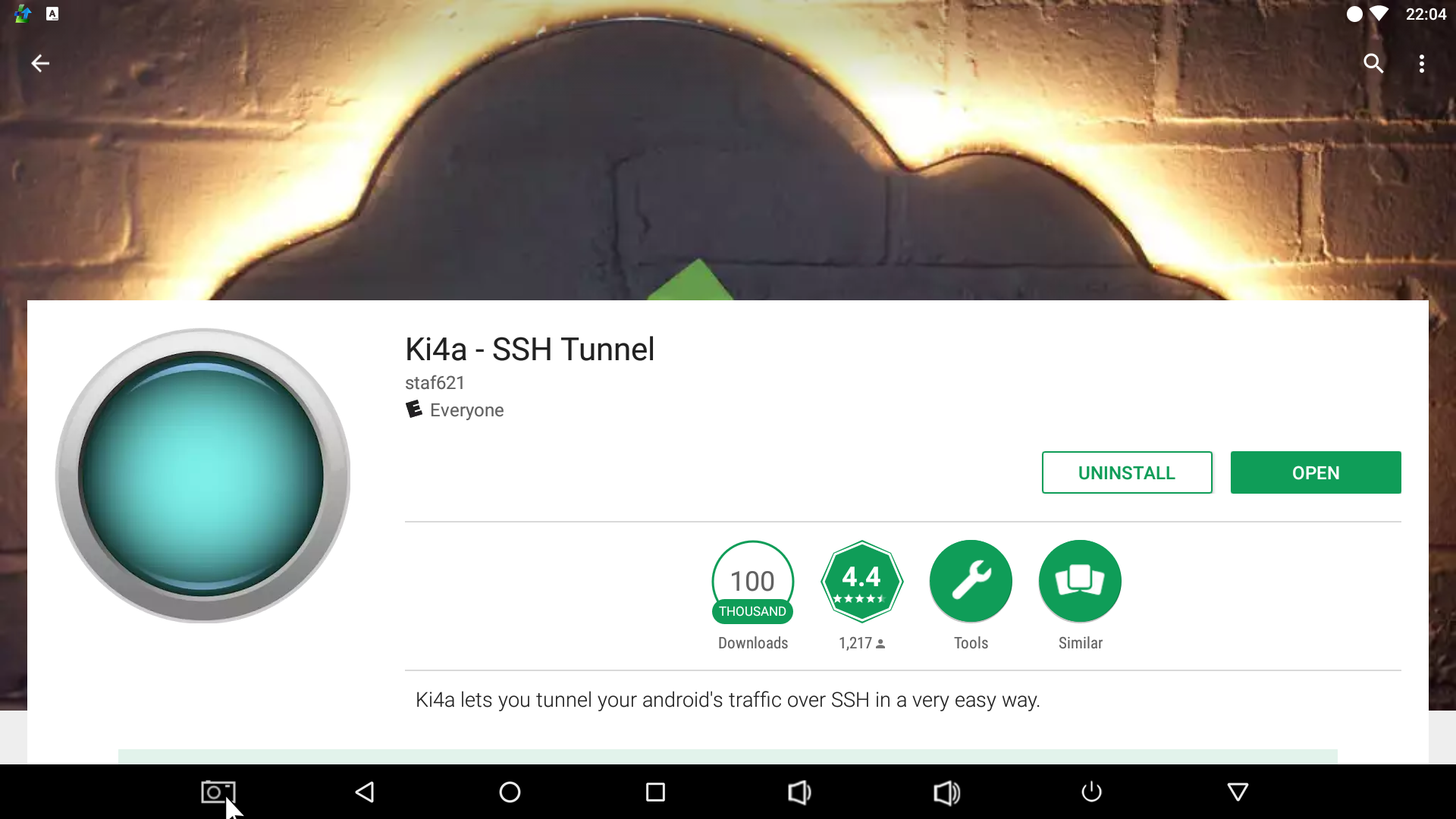Connecting devices from far away, especially those little IoT gadgets we use every day, is becoming a very common thing. We want to be able to get information from them or send them instructions, all from our Android phones or tablets. This kind of direct, device-to-device talking, often called P2P or peer-to-peer, has a lot of good points, making things quicker and sometimes more straightforward. It’s almost like having a direct line to your smart home or remote sensors, no middleman needed, which is pretty neat when you think about it.
Yet, when we talk about sending information back and forth between these devices and our Android gadgets, safety has to be a top concern. You see, any time data moves, there is a chance for someone to try and listen in or mess with it. This is especially true if the information is private or if it controls something important, like the settings on your home devices. So, ensuring that these connections are truly safe is, well, absolutely vital. We wouldn't want just anyone getting their hands on our sensitive readings or control commands, would we?
So, how do we make sure these direct links are as safe as possible? This guide will walk you through the important ideas behind making sure your remote IoT gadgets and your Android device can talk to each other directly and securely. We will look at what P2P means in this context, why keeping things private is so important, and some good ways to set up these connections so you can feel good about them. You will find out about ways to keep your data protected when you download information or send commands, making your experience smooth and worry-free, too.
Table of Contents
- What is P2P for RemoteIoT Devices?
- Why Worry About Secure Connections for RemoteIoT?
- How Do You Securely Connect RemoteIoT Devices to Android?
- What Tools Help Secure RemoteIoT P2P Android Download?
- Common Pitfalls When You Securely Connect RemoteIoT
- Tips for a Smoother Android Download Experience
- Future Outlook for Securely Connect RemoteIoT Systems
- Keeping Your Data Safe When You Securely Connect RemoteIoT
What is P2P for RemoteIoT Devices?
When we talk about P2P, or peer-to-peer, in the world of remote IoT devices, we are essentially talking about a way for two devices to talk directly to each other without needing a big, central server to handle all the back-and-forth. Think of it like two friends talking on a walkie-talkie, rather than having to send a letter through a post office. This direct line can be very handy for certain kinds of communication, especially when speed matters or if you want to keep data flow as simple as possible. It is a bit different from how many traditional internet systems work, which often rely on a server as a go-between, so you know.
Understanding Peer-to-Peer Securely Connect RemoteIoT
To really get what P2P means for securely connect remote IoT, picture your smart thermostat at home and your Android phone. With a P2P setup, your phone could, in theory, talk straight to the thermostat to change the temperature. This cuts out the need for the thermostat's maker to run a constant server that your phone talks to, which then relays the message to your thermostat. This direct link has some interesting plus points, especially for devices that are always on and need quick responses. It can also, in some respects, offer a more private way to communicate, as the data might not pass through as many points on its way from one device to the other. That is a pretty important detail for many people, actually.
Why P2P for Android Download?
Using P2P for an Android download, particularly when it comes to IoT, means you might be getting updates, data logs, or even fresh settings directly from the IoT device itself. This could be a camera sending video clips straight to your phone, or a sensor sending its readings without a cloud server in the middle. For some situations, this is very good because it might be faster, and it reduces reliance on a third-party server, which could fail or be slow. It is also good for situations where internet access is not always strong, as P2P can sometimes work better in patchy network conditions. You know, like when you are out in the middle of nowhere and still need to get that data, so.
Why Worry About Secure Connections for RemoteIoT?
The moment any device connects to another, especially over a network, there is a chance for unwanted visitors. For remote IoT devices, this worry becomes even bigger because these gadgets are often out in the open, or they control important parts of our homes or businesses. If someone gets access to your smart lock, for example, that is a very serious problem. So, thinking about how to keep these connections safe is not just a good idea; it is, quite frankly, a must. You really want to make sure your digital doors are locked tight, right?
The Need for Securely Connect RemoteIoT Data
When you securely connect remote IoT devices, you are dealing with data that could be very private. Imagine a home security camera sending video, or a health monitor sending your vital signs. If this information is not protected, it could fall into the wrong hands. This is similar to how you would want your financial documents to be uploaded securely, not just put out there for anyone to see. Unsafe connections can lead to data leaks, where private information becomes public, or even to someone taking control of your devices. This is why having a strong, safe link is so important, basically.
Protecting Your Android Download Process
Just like how your computer browser might block a file download it thinks is risky, your Android device needs to be careful about what it receives from IoT devices. When you download something from a P2P connection, you need to be sure that the file is exactly what it claims to be and that it has not been changed along the way. This means checking for things like digital signatures or using encryption. If you are getting a software update for your IoT gadget, you want to be sure it is the real update from the maker, not something put together by a bad actor. Otherwise, you could end up with something that messes up your device or, worse, lets someone else in. It is pretty serious, really.
How Do You Securely Connect RemoteIoT Devices to Android?
Making a safe connection between your remote IoT device and your Android phone involves a few key steps. It is not just about plugging things in; it is about setting up a sort of secret handshake that only your devices know. This often involves using special ways of talking that scramble the data, so if anyone does manage to get a hold of it, they cannot make sense of it. It is a bit like sending a message in a secret code that only the person meant to get it can read. This is how you start to build a genuinely safe bridge between your gadgets, you know.
Establishing a Securely Connect RemoteIoT Link
To securely connect remote IoT devices, one of the first things to look for is encryption. This means that all the data going back and forth is turned into a jumble of letters and numbers that only the right devices can unscramble. Think of it like putting your private files in an encrypted folder before sharing them. You also want to make sure that the devices check each other's identity. This is called authentication. It stops a fake device from pretending to be your real one. If a connection uses outdated security methods, like older versions of TLS, your Android phone might even warn you that it cannot connect securely, which is a good sign to pay attention to. So, paying attention to these warnings is important, very important.
Best Practices for Android Download Safety
When you are getting ready for an Android download from an IoT device, there are a few good habits to pick up. Always make sure you are using official apps or methods suggested by the device maker. Avoid downloading things from unknown sources, even if they seem to be for your IoT device. Just like you would be careful about sharing sensitive documents with clients, you should be careful about what your Android device downloads. Also, keep your Android operating system and the IoT device's software up to date. Updates often fix security holes that bad actors might try to use. It is a bit like keeping your house locks changed every so often, so.
What Tools Help Secure RemoteIoT P2P Android Download?
There are various things that can help make your P2P connections safer when you are trying to securely connect remote IoT devices to your Android phone. These tools might be built right into the device or the app, or they could be separate programs you use. The goal is always the same: to make it harder for anyone who is not supposed to be there to get in or to see what you are doing. It is about adding layers of protection, almost like putting a strong gate and a watchful dog on your property. You know, just in case, basically.
Apps to Securely Connect RemoteIoT
Many IoT devices come with their own Android apps. These apps are usually the best way to securely connect remote IoT devices. They are designed to work with the device's particular security features. Look for apps that clearly state they use encryption for all communications. Some apps might even offer two-factor authentication, meaning you need more than just a password to get in. This is a very good extra layer of protection. For instance, if you are sharing important files, you might password-protect them, and these apps do something similar for your connection. It is really about trusting the tools you use, you know.
Features for a Safe P2P Android Download
When it comes to the actual Android download part of a P2P connection, look for features like data integrity checks. This means the system makes sure the file you get is exactly the same as the file that was sent, with no missing pieces or unwanted additions. Digital signatures are also a big plus. These are like a stamp of approval that tells your Android device who sent the file and that it has not been tampered with. If your browser sometimes blocks downloads because it cannot verify them, you can see why these features are so important for P2P IoT downloads. You want that peace of mind, really.
Common Pitfalls When You Securely Connect RemoteIoT
Even with the best intentions, things can sometimes go wrong when you try to securely connect remote IoT devices. It is not always smooth sailing, and there are common mistakes or issues that can pop up. Sometimes, it is about settings not being quite right, or perhaps an older device simply does not have the latest safety features. Knowing what these common problems are can help you avoid them, or at least figure out what is happening if you run into trouble. It is a bit like knowing where the bumps in the road are before you drive over them, so you know.
Avoiding Issues with RemoteIoT P2P Android Download
One common issue is using default passwords or weak passwords for your IoT devices. This is a huge risk. Always change default passwords to something strong and unique. Another pitfall is ignoring software updates for your IoT gadgets or your Android device. These updates often contain important security fixes. Sometimes, people also struggle with browser or Android settings that block downloads, similar to how Edge might block an .exe file. You might need to adjust permissions for the specific app or device to allow the P2P Android download to happen. It is worth checking these settings if you have trouble, basically. Also, be wary of connecting to public, unsecured Wi-Fi networks when dealing with sensitive IoT data. That is a really big one, actually.
Tips for a Smoother Android Download Experience
Beyond just security, you want your experience with remote IoT P2P Android download to be as easy and reliable as possible. A secure connection is good, but if it is constantly dropping or taking ages, that is not very helpful. There are ways to make sure your P2P connections are not just safe but also quick and dependable. It is about finding a good balance between strong protection and everyday usability. You want things to just work, don't you?
Making Your P2P Android Download Reliable
To make your P2P Android download more reliable, first, ensure your Wi-Fi signal is strong where your IoT device is located. A weak signal can cause connections to drop or downloads to fail. If your device supports it, consider using a wired connection for the IoT gadget itself, if possible, as this can be more stable. Also, check for any background apps on your Android phone that might be using up a lot of network resources. Closing these can free up bandwidth for your P2P connection. Sometimes, just restarting both the IoT device and your Android phone can clear up minor connection issues. It is often the simple things that help, you know.
Future Outlook for Securely Connect RemoteIoT Systems
The way we securely connect remote IoT devices is always getting better. Makers are finding new ways to build in stronger security features right from the start. We are seeing more focus on privacy by design, which means security is thought about at every step of a device's creation, not just added on at the end. This is a very good sign for anyone worried about their data. As more and more things become connected, the methods for keeping those connections safe will also need to keep pace. It is a pretty interesting time for this kind of technology, so.
Evolving Methods for Secure RemoteIoT P2P Android Download
We can expect to see more advanced ways to securely connect remote IoT devices for P2P Android download. This might include new kinds of encryption that are even harder to break, or better ways for devices to prove who they are. There might be more standardized ways for different brands of IoT devices to talk to each other safely, which would make things much easier for users. As the technology grows, so too will the ways we keep it safe. It is an area that is constantly moving forward, which is a good thing for all of us who rely on these smart gadgets, you know.
Keeping Your Data Safe When You Securely Connect RemoteIoT
At the end of the day, making sure your remote IoT devices are talking safely with your Android phone is about protecting your information and your control over your own things. It is about being smart with your settings, choosing good tools, and staying aware of the small things that can make a big difference. Whether you are sending financial documents, viewing sensitive scans, or just making sure your smart home is secure, the principles of safe connection are very much the same. You want to feel confident that your data is staying where it should be and that only you are in charge of your devices, basically.
Final Thoughts on Secure RemoteIoT P2P Android Download
This article has gone over what P2P means for remote IoT, why security is so important when you securely connect remote IoT devices, and how to keep your Android download processes safe. We talked about how to set up safe links, what tools can help, and some common problems to look out for. We also touched on how to make your downloads more dependable and what the future might hold for these kinds of systems. The main idea is that with a little care and attention to the right details, you can use your remote IoT devices with your Android phone directly and with peace of mind. It is all about being informed and taking sensible steps, you know.



Detail Author:
- Name : Rachelle Streich
- Username : humberto74
- Email : imaggio@hotmail.com
- Birthdate : 1989-08-04
- Address : 289 Deontae Knolls Suite 796 Alvisborough, LA 68999
- Phone : +1-283-904-2037
- Company : Goldner and Sons
- Job : Extraction Worker
- Bio : Quis corporis odit repellendus mollitia eum officiis aut. Ipsa eius quasi id voluptate veniam explicabo. Qui repudiandae corporis voluptatem error.
Socials
linkedin:
- url : https://linkedin.com/in/kmedhurst
- username : kmedhurst
- bio : Commodi eligendi voluptatem vel.
- followers : 1478
- following : 541
facebook:
- url : https://facebook.com/kaylah.medhurst
- username : kaylah.medhurst
- bio : Ut sed eveniet expedita beatae repellendus. Quidem impedit debitis rerum.
- followers : 2740
- following : 953
instagram:
- url : https://instagram.com/kaylah_medhurst
- username : kaylah_medhurst
- bio : Quisquam aperiam omnis assumenda dolorum itaque sunt. Nihil hic harum libero magnam sed reiciendis.
- followers : 2608
- following : 2310
twitter:
- url : https://twitter.com/kaylah7653
- username : kaylah7653
- bio : Earum maiores libero est ut. Laborum sit sed id dignissimos. Iure eum perferendis voluptatibus rerum ut voluptas et similique.
- followers : 1023
- following : 1565

